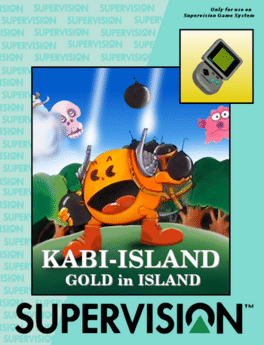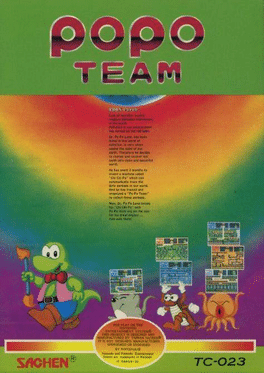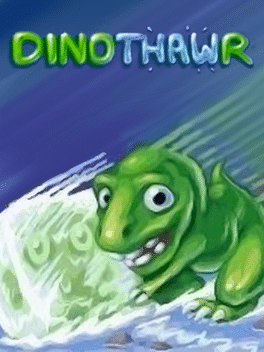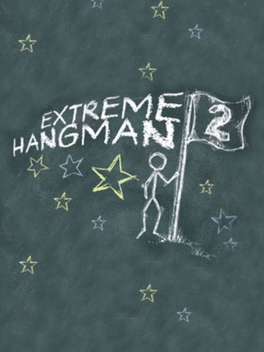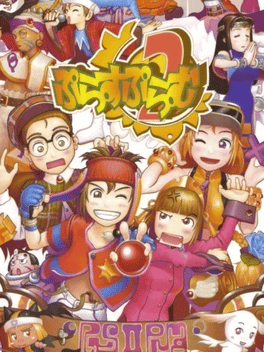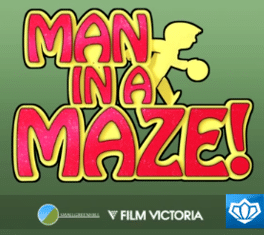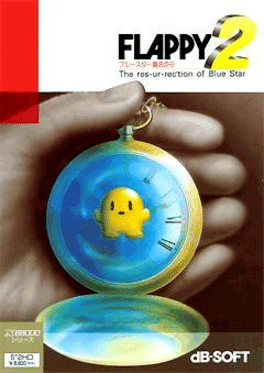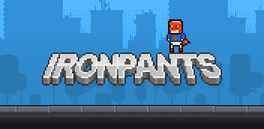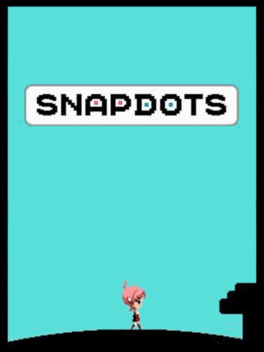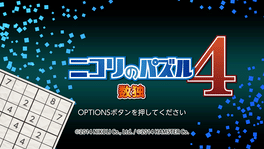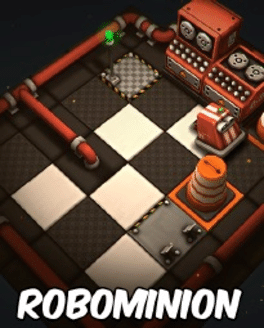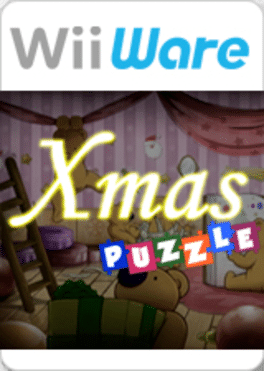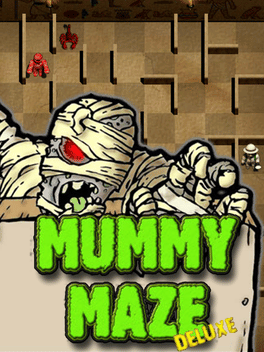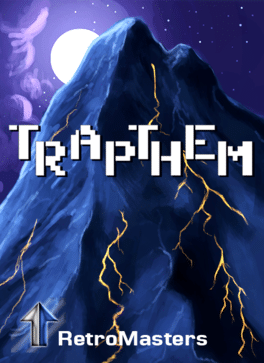Most Popular Playstation 3 Games - Page 375
-
Popo Team
Popo Team is a game in which various animals use a machine known as the "Chi Chi Po" to clean garbage across the Earth. -
Dinothawr
2013
-
Extreme Hangman 2
2011
Extreme Hangman 2
2011
The sequel Extreme Hangman 2 boasts over 3000 words in 14 totally new categories, with 10 funny animations and 4 eye-catching backgrounds to choose from. -
Plus Plum 2
2004
-
Flappy 2: The Resurrection of Blue Star
Flappy 2 is the Sharp X68000-exclusive sequel to the multi-platform cube-pushing hit. -
Ironpants
2014
-
Snapdots
2009
-
Nikoli no Puzzle 4: Sudoku
2014
The power of Nikoli's sudoku and the power of the PlayStation 4 collide in this Japanese launch release. -
Joyful Executions
Joyful Execution is a violently satirical waved based execution mini-game, parodying the hermit state, North Korea and its history of capital punishment. -
Word Searcher Deluxe
2011
-
Xmas Puzzle
2011
Xmas Puzzle
2011
Xmas Puzzle is a game in which players must solve the different, progressively more difficult puzzles as they advance in the plot. -
Waku-waku Monster
1998
-
Mummy Maze Deluxe
2002
